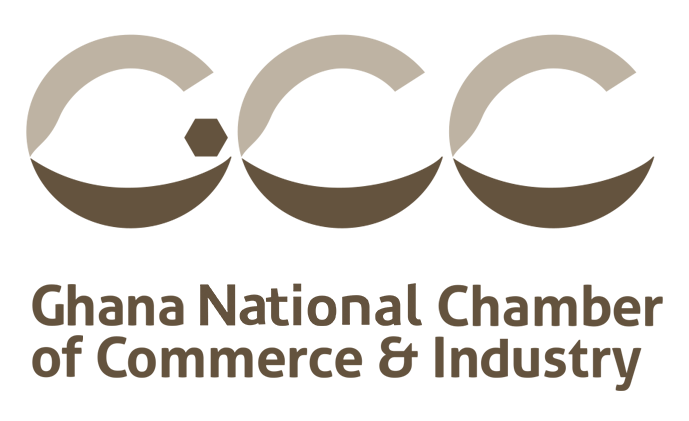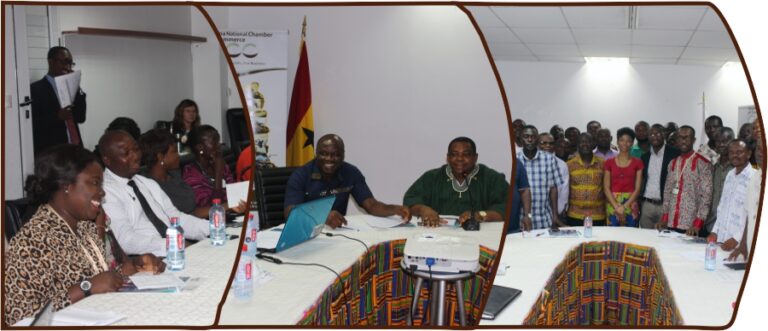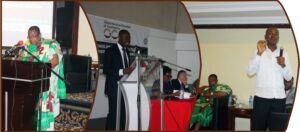
AGOA Trade Resource Centre
The Chamber hosts the AGOA Trade Resource Centre (ATRC) in Ghana with the objective of engaging the private sector for regional and global trade assistance. The ATRC works in close collaboration with the USAID West Africa Trade and Investment Hub (Trade Hub) towards improving West Africa’s international private sector competitiveness in targeted value chains other than extractive industries.
During the first AGOA initiative, Ghana did not derive much benefits as anticipated. In 2011, the top five exporting AGOA eligible countries’ total value was $64.7 billion. These countries included Nigeria, Angola, South Africa, Gabon, and Chad. Ghana’s share of exports to the United States of America relative to the top five AGOA eligible countries was 2.9 percent.
In view of this, the Ghana National Chamber of Commerce initiated a process to find collaborative ways of building the capacities of exporters towards utilizing the AGOA trade initiative. In 2015, the Ghana ATRC was established and is hosted by the Ghana National Chamber of Commerce following the signing of a Letter of Collaboration with the USAID West Africa Trade and Investment Hub (Trade Hub) and African Partners Network Project, USAID to establish a framework for cooperation in the implementation of the ATRC. The ATRC undertakes trade intelligence, export development, business promotion, and trade facilitation.
What is AGOA?
The African Growth and Opportunity Act (AGOA) is a non-reciprocal trade initiative of the United States government which provides duty-free and quota-free treatment to over 6,500 products from sub-Saharan African countries to the United States market. AGOA was enacted in May 2000 with the objectives of: expanding US trade and investment with sub-Saharan Africa; stimulating economic growth; encouraging economic integration; and facilitating sub-Saharan African’s integration into the global economy.
The products in question should be deemed AGOA eligible, must have been grown, produced, or manufactured by a beneficiary country through more than a simple combining or packaging operation, and exported directly to the United States. An exporter needs to find out the U.S. Harmonised Tariff Schedule number and determine its eligibility via this link.
AGOA provides beneficiary countries with a significant competitive advantage over non-AGOA countries, which must pay normal tariff rates to enter the United States. It promotes export diversification in the beneficiary countries, encourages regional integration and production-sharing, as well as providing job creation and economic growth.



